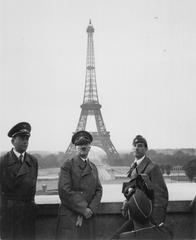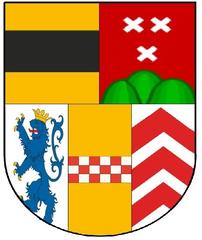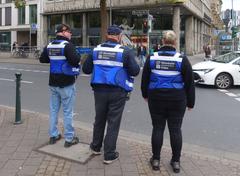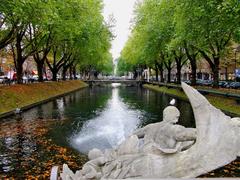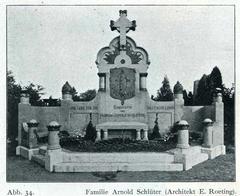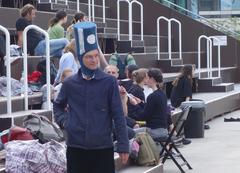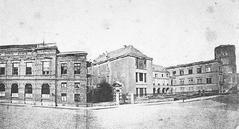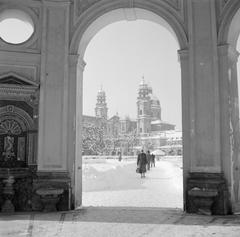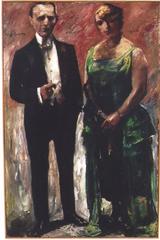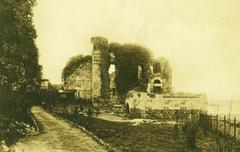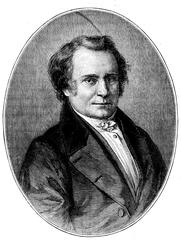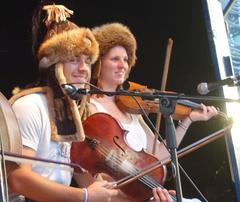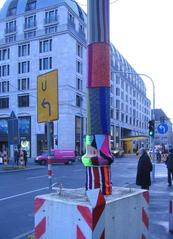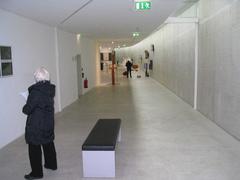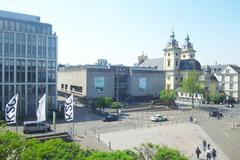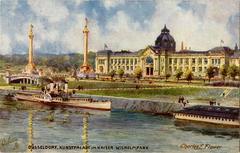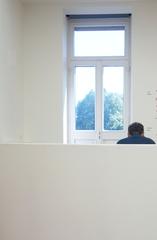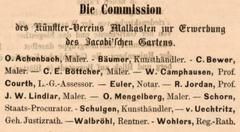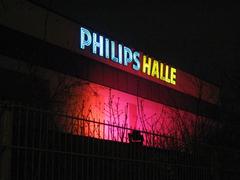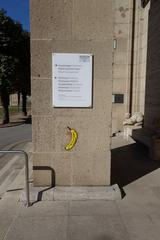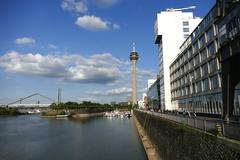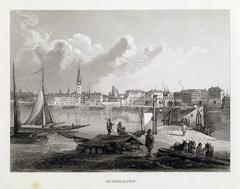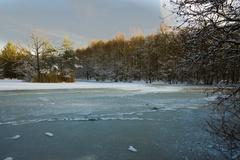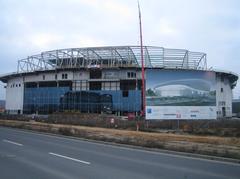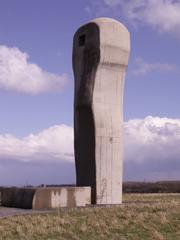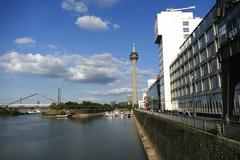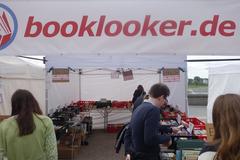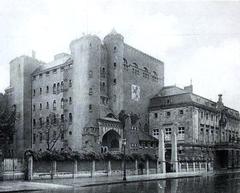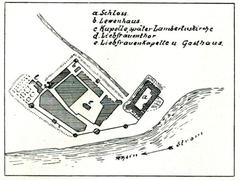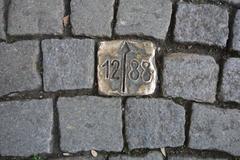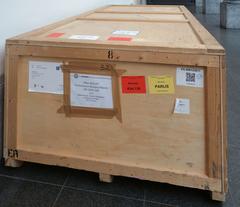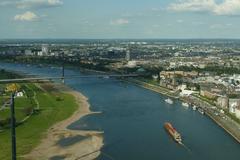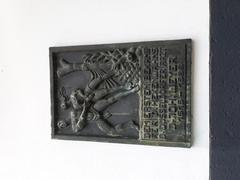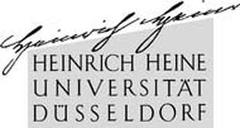
Schloss Kalkum Düsseldorf: Visiting Hours, Tickets, and Historical Site Guide
Date: 04/07/2025
Introduction
Schloss Kalkum, situated in Düsseldorf’s northern district, is an exceptional testament to centuries of regional history, architectural evolution, and cultural significance. With origins documented as early as 947, the site has transformed from a medieval knight’s seat to a Baroque water castle and, later, a neoclassical manor. Surrounded by a picturesque English landscape park designed by Maximilian Friedrich Weyhe, Schloss Kalkum invites visitors to explore its serene grounds, discover its layered past, and experience its vibrant role in contemporary cultural life.
Today, Schloss Kalkum stands as a protected monument within Düsseldorf, hosting cultural events, exhibitions, and community gatherings. While access to the castle’s interior is generally limited to special tours and events, the extensive park remains open year-round, offering tranquil paths and scenic vistas. The castle’s enduring importance is highlighted by its connections to pivotal historical figures, such as Ferdinand Lassalle, and its ongoing adaptation for new cultural purposes.
This comprehensive guide provides up-to-date information on Schloss Kalkum’s visiting hours, ticketing, accessibility, and nearby attractions, ensuring you have everything needed to plan a rewarding visit. For the latest details, always consult the Official Düsseldorf Tourism Website, the North Rhine-Westphalian Ministry of Culture, and the Landesarchiv NRW.
Discover the rich history and natural beauty of Schloss Kalkum, one of Düsseldorf’s most treasured heritage sites, through reliable resources and practical insights (Schloss Kalkum Visiting Hours, Tickets, and History; Visiting Schloss Kalkum: History, Architecture, Tickets & Travel Tips; Cultural and Social Importance).
Contents
- Visiting Schloss Kalkum: Hours, Tickets, and Accessibility
- Historical Overview
- Architectural Evolution and Styles
- The Schlosspark: English Landscape Design
- Visitor Information: Plan Your Visit
- Cultural and Social Importance
- Practical Tips and FAQs
- Summary and Travel Advice
- References
Visiting Schloss Kalkum: Hours, Tickets, and Accessibility
Opening Hours
- Castle Park: Open daily, year-round, from dawn until dusk; accessible free of charge.
- Castle Interior: Generally closed to the public; accessible only during special guided tours and cultural events. Consult the Landesarchiv NRW official website and Düsseldorf Tourism for scheduled openings.
Ticket Information
- Park Access: Free entry.
- Guided Tours and Events: Tickets required for guided tours and some events; advance booking recommended via official websites or local tourist centers.
Accessibility
- Park: Paved and well-maintained paths suitable for wheelchairs and strollers.
- Castle: Limited wheelchair access inside due to historic architecture. Contact ahead for specific information.
- Facilities: Public restrooms near the main entrance.
Photography and Visitor Tips
- Photography is permitted in the park and during events. For professional photography, prior permission is required.
- The best seasons to visit are spring and early autumn for vibrant gardens.
- Dogs are allowed in the park on a leash.
Historical Overview
Medieval and Early Modern Origins
Schloss Kalkum’s origins reach back to its mention as “Calechheim” in 947. Initially a royal manor and later a knight’s seat, the site developed into a moated castle by the 14th century, owned by the influential Lords of Kalkum. The complex expanded over time, featuring a manor, outer bailey, and a moat (baukunst-nrw.de).
Baroque and Neoclassical Transformations
In the 17th century, the von Winkelhausen family built a new Baroque water castle, marked by a four-winged layout and ornate heraldic details. The 19th century brought a sweeping neoclassical redesign led by Countess Maria Anna von Hatzfeldt and architect Georg Peter Leydel. The castle was unified into a symmetrical, four-winged complex, and the park was transformed into an English landscape garden by Maximilian Friedrich Weyhe (baukunst-nrw.de; aroundus.com).
20th Century and Wartime Impact
During World War II, Schloss Kalkum was repurposed for military use, suffering structural damage and postwar neglect. Restoration efforts in the mid-20th century and its designation as a listed monument in 1984 restored its prominence.
Contemporary Use
Until 2014, the castle housed the North Rhine-Westphalia State Archives, and today it remains a venue for cultural events. There are ongoing plans to further adapt the property for cultural and educational purposes while keeping the park open to the public.
Architectural Evolution and Styles
- Medieval Origins: Fortified manor and water castle features.
- Baroque Construction (1656–1663): Four-winged moated layout, symmetrical courtyards, and ornate heraldry.
- Neoclassical Redesign (1808–1825): Unified wings, central projections, restrained facades, and rose-colored plaster interiors.
- Notable Features: Four-corner towers, over-gabled gatehouse, heraldic art, and the Lassalle Memorial Pavilion.
The Schlosspark: English Landscape Design
Maximilian Friedrich Weyhe’s redesign of the park in the early 19th century established a 19-hectare English landscape garden. Features include:
- Winding paths and open lawns for a naturalistic feel.
- The Schwarzbach stream, canalized for scenic effect.
- A rich diversity of native and exotic trees.
- Integration with the castle’s architecture, with views carefully framed from terraces and windows (baukunst-nrw.de; aroundus.com).
The park is a year-round haven for recreation, wildlife observation, and cultural events.
Visitor Information: Plan Your Visit
- Getting There: Take tram line 701 or bus 730 to Kalkum, or S-Bahn (S6) to “Düsseldorf-Kalkum.” By car, limited parking is available near the castle.
- Nearby Attractions: Düsseldorf Altstadt, Benrath Palace, and the Kaiserpfalz ruins are ideal for combining with your visit.
- Guided Tours: Offered during special events in German and, by request, in English. Advance booking is advised (Landesarchiv NRW events).
- Facilities: No café on-site; picnics are welcome in the park. Restrooms available near the entrance.
Cultural and Social Importance
Heritage and Community
Schloss Kalkum is a protected cultural monument, valued for its architectural integrity and ongoing role in public life (duesseldorf-local.de). The castle and park are essential venues for concerts, art exhibitions, and community events, fostering a vibrant cultural scene (lifeinduesseldorf.com; allplacestovisit.com).
Historical Narratives
The site’s history is intertwined with political and social milestones, such as the Lassalle Memorial, commemorating the influential social reformer Ferdinand Lassalle. Postwar, the castle served displaced persons and later housed the state archive, enhancing its role as a center for scholarship.
Contemporary Transformation
Recent years have seen proposals to adapt Schloss Kalkum as an academy for music and art, designed by architect David Chipperfield. These plans aim to sustain the castle’s cultural relevance while preserving public access to the park (lifeinduesseldorf.com).
Practical Tips and Frequently Asked Questions
Q: What are Schloss Kalkum’s visiting hours?
A: Park open daily from dawn to dusk; castle open during special events and tours.
Q: Do I need tickets?
A: Park access is free. Tickets may be required for tours and events.
Q: Is the park wheelchair accessible?
A: Yes, most paths are accessible; indoor spaces have limitations.
Q: Are dogs allowed?
A: Dogs are permitted in the park on a leash.
Q: How do I book a guided tour?
A: Visit the Landesarchiv NRW events page or contact the archive.
Summary and Travel Advice
Schloss Kalkum remains a vital cultural and historical landmark in Düsseldorf, representing diverse architectural styles, aristocratic heritage, and dynamic community engagement. Its picturesque park offers a peaceful retreat year-round, while guided tours and events provide deeper insights into its history. The castle’s ongoing transformation into a cultural and educational hub promises to balance heritage preservation with innovation.
For the most current information on visiting hours, tickets, and special events, refer to the Official Düsseldorf Tourism Website, North Rhine-Westphalian Ministry of Culture, and Landesarchiv NRW. Enhance your experience with tools like the Audiala app for audio tours and itinerary planning.
Schloss Kalkum is an essential stop for anyone interested in Düsseldorf’s rich historical and cultural tapestry, promising an experience that connects past, present, and future (Visitor Information and Practical Tips for Schloss Kalkum; Cultural and Social Importance).
References and Further Reading
- Schloss Kalkum Visiting Hours, Tickets, and History – Düsseldorf Tourism
- Visiting Schloss Kalkum: History, Architecture, Tickets & Travel Tips – Baukunst NRW
- Cultural and Social Importance – Düsseldorf Local
- Visitor Information and Practical Tips for Schloss Kalkum – Landesarchiv NRW
- All Places to Visit: Castle Kalkum
- Life in Düsseldorf: Schloss Kalkum
- Aroundus: Schloss Kalkum
- Kuladig: Schloss Kalkum
- Wander-Experten: Schloss Kalkum
Image suggestions:
- Panoramic photo of Schloss Kalkum with alt text “Schloss Kalkum neoclassical manor house in Düsseldorf”
- Map showing Schloss Kalkum’s location within Düsseldorf
- Photos of the English landscape park in different seasons





